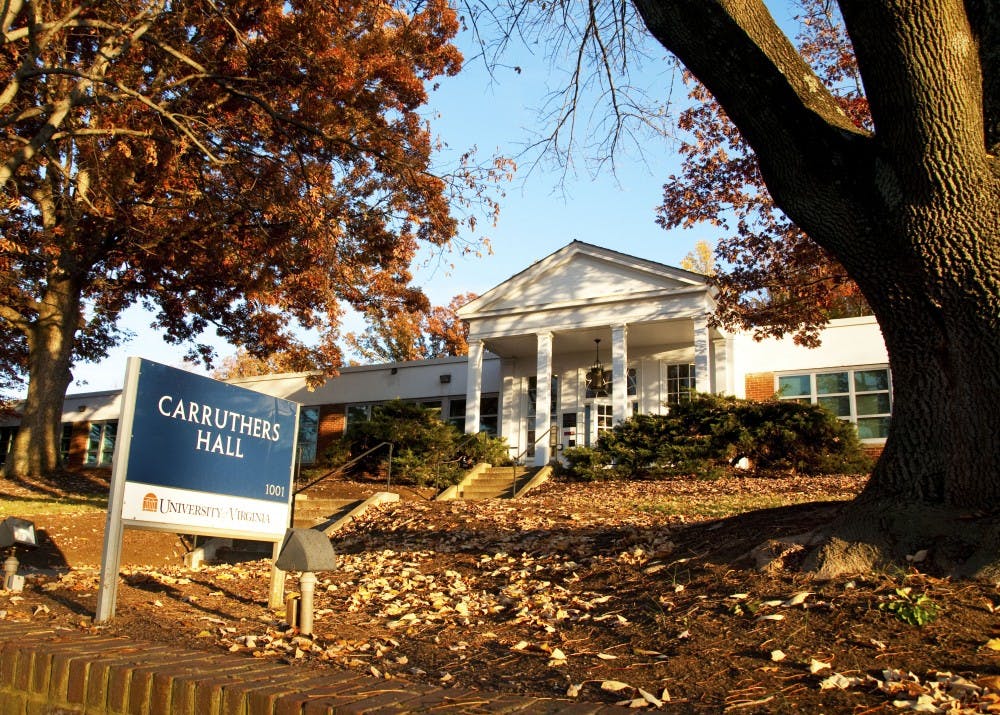With higher education costs trending ever upward, students are applying for grants, scholarships and student loans at higher rates than ever before to help pay for college. To help students with the financial aid process, the University offers counseling and step-by-step instructions on how to navigate the process of obtaining a loan.
AccessUVa, the University’s financial aid program which provides need-based financial aid and awards to students, is coordinated through the Student Financial Services office. Scott Miller, interim director of financial aid, said Student Financial Services offers counseling to students who have questions pertaining to loans, interest rates, repayment options and future costs, such as those incurred by going to graduate school, to get them started.
“We’re able to answer all their questions and give them some advice, at that point,” he said.
The Student Financial Services website also presents referential material and step-by-step guidance for obtaining and maintaining aid, beginning with instructions for the application process.
“Just by filling out the FAFSA form, the Free Application for Federal Student Aid, that makes a student eligible for the student loans,” Miller said. “The first step in the process is filling out the federal applications.”
Entering students must then complete the College Scholarship Service Profile, while returning students must complete the University Financial Aid Application to receive aid from the school.
Once the loans are awarded to eligible recipients, students have the opportunity to accept, decline or reduce the amount they assume, University spokesperson McGregor McCance said in an email. In 2013-14, the average need-based loan granted was $4,799 for in-state students and $5,245 for out-of-state students.
“Because that’s an annual amount, students have the opportunity to increase or decrease the amount of their loan later,” Miller said.
Once a student undertakes a loan, he or she must complete a master promissory note at studentloans.gov, which Miller said, “is basically a promise to repay.” The student is then required to take a federally distributed entrance counseling session and ensuing exam. A disbursement date is set — typically within 10 days of the start of the term — and the loan is then issued.
“The process is pretty seamless,” Miller said.
While loans are typically an easily accessible option when debating how to pay for college, administrative officials and financial consultants usually encourage students to seek scholarships and grant aid if they can.
“Look for non-University scholarships to replace your loans,” McCance said. “Borrow the minimum amount necessary. … Of all the funding sources to meet financial need, the majority comes from need-based grants, not loans, from the University.”
Wells Fargo Virginia spokesperson Kristy Marshall echoed McCance’s sentiment to “borrow less.”
“We encourage customers to look at all of their education financing options (including grants, scholarships and loans from all sources), borrow only what they need, and make careful comparisons among all of their choices,” she said in an email.
According to Miller, University students bring in approximately $6 million in grant aid each year.
“To me that’s an incentive, just because of the academic strength of our students, that they should be in competition for most scholarships and foundations,” he said. “Our students are very bright. Our students, if they go out and seek non-University awards … and bring those scholarships back to the University, they can use that money to replace their loans.”







